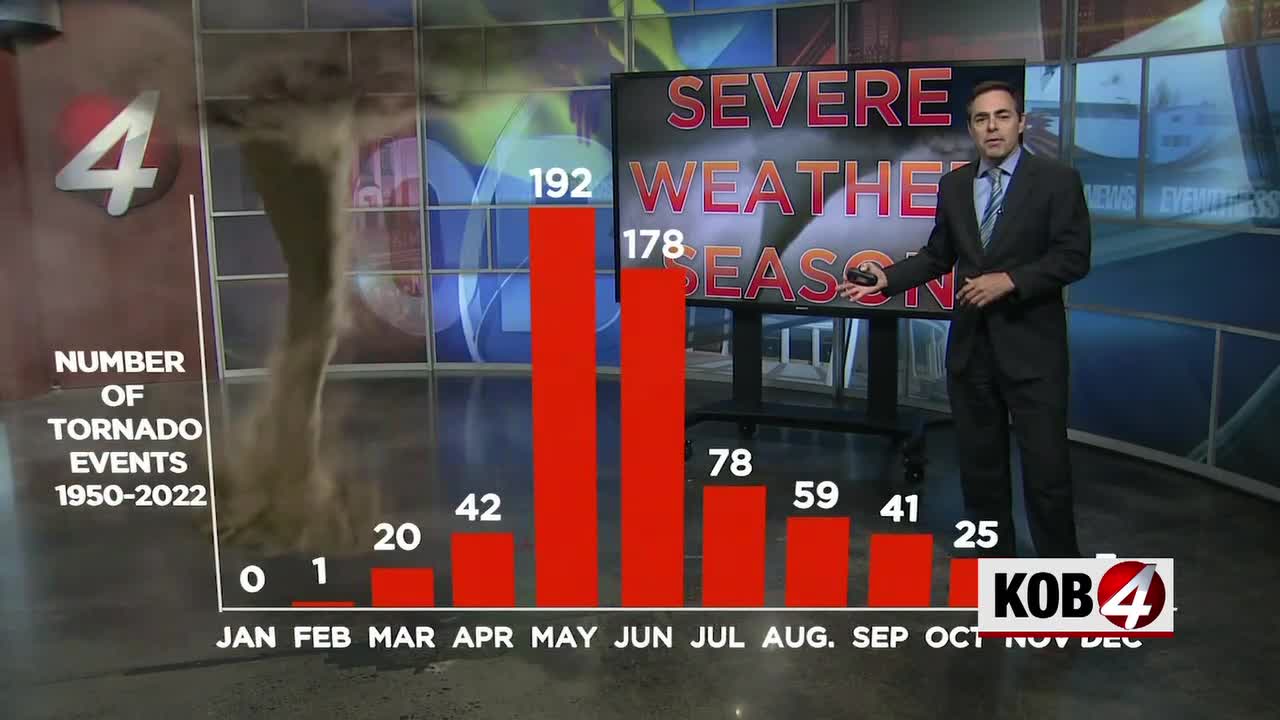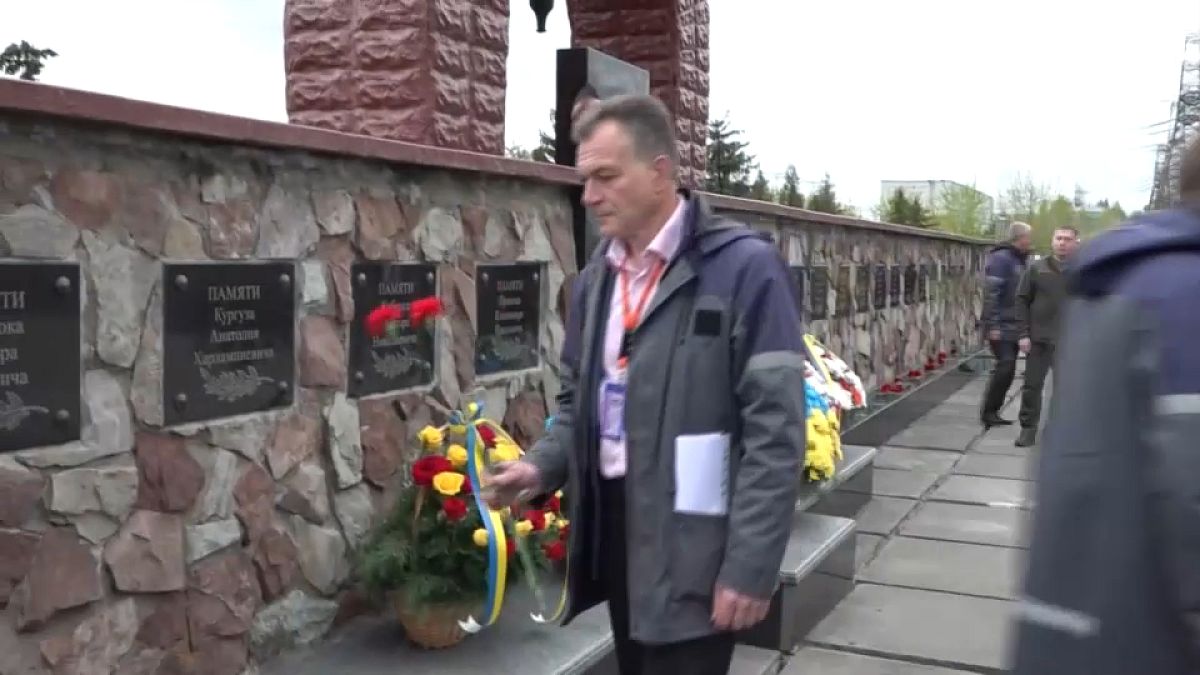New Mexico
A boomer who moved to Panama after years as a bartender in the Hamptons and New Mexico outlines the pros and cons of living in Central America
- George Stumpp, a retired bartender, lives comfortably in Panama after moving from New Mexico.
- Stumpp rents two properties as Airbnbs, supplementing his income in a country with good healthcare.
- He said Panama has robust infrastructure, a lower cost of living, and many of the same stores as the US.
George Stumpp, 65, worked as a bartender and bar supervisor in Long Island and New Mexico for decades. Realizing his retirement savings could go further in a different country, he settled in Panama.
In 2006, he and his wife bought a property on the outskirts of Panama City for $37,000 in cash, traveling back and forth until his retirement. After 15 years of going back and forth, he settled there permanently in 2021, renting out two casitas as Airbnbs to supplement his income. He’s enjoying retirement in a country with a lower cost of living and high-quality healthcare, and he said he’s enjoyed adapting to Panamanian culture.
“One of the reasons I chose Panama over other Central American countries is because we’ve got better infrastructure than anyplace else,” Stumpp told Business Insider. “It’s a thriving country, and a lot of that is based on income that they get from the Panama Canal.”
George Stumpp
As the cost of living continues to increase, driven by elevated housing costs and still-high grocery bills, many American retirees are looking abroad for retirement. Some recent retirees previously told BI they’re living much more comfortably in places like Colombia, Thailand, and St. Maarten.
Leaving the US
Stumpp grew up in the Hamptons on Long Island and eventually worked as a bartender for 15 years. He worked at rock ‘n’ roll clubs in the 1970s then found work at more upscale bars and restaurants.
As Long Island got more expensive, he decided to relocate to Sante Fe, where he had a cousin at the time. In 1993, he moved to Santa Fe with his then-girlfriend and her two kids.
He got a job at a luxury hotel downtown, working his way up the ranks to bar supervisor. For years, he managed the bar, from creating schedules to ordering inventory. As his kids got older, he started to vacation in Central America, traveling to Costa Rica, Belize, and Panama.
His parents had retired to a lakefront cottage in Ontario, Canada, so he knew he wanted to retire abroad. In the mid-2000s, he started looking into purchasing a property in Belize, a predominantly English-speaking nation, although he and his wife ended up passing on it after noticing it wasn’t as peaceful as they wanted it to be.
After reading more about Panama and seeing more Americans moving there, they took a lengthy trip searching for potential properties. He noticed he could get cheaper prices by calling the number on hand-painted signs outside homes instead of going through real estate websites, which would upcharge nonlocals.
Buying a home in Panama
He settled on a nearly half-acre property for $37,000 back in 2006 located three minutes from the beach, giving his Sante Fe home to his stepdaughter. The property had an old home that was falling apart, and he and his wife built a smaller house toward the back of the property with a bedroom, small kitchen, bathroom, and front porch. They split the old house in two as rental units. He owns his property outright with no mortgage, and his annual property tax is less than $100.
George Stumpp
“We literally just took it apart — it was wired with extension chords, and it was in sad shape,” Stumpp said. “We took it apart, put it back together again, and turned it into these two cute little Airbnb rentals. I’m not making a million dollars, but it’s supplemental income.”
After moving back and forth between Panama and the US for work for several years, he finally decided to retire and put his Santa Fe house on the market in 2021, noticing his home increased over $100,000 in value from the year before. He sold his convertible and bought an SUV, drove around the US for four months visiting friends and seeing national parks, and then flew back to Panama with his dog.
Moving to Panama permanently
He said over the last two decades, Panama’s infrastructure has become much more robust than many other Central American countries. He said the city has good healthcare, a thriving financial scene, and plenty of big-box retailers and large chains.
Within 15 minutes of his house, he said there are four grocery stores, a Home Depot-like retailer, and many restaurant chains similar to those in the US.
George Stumpp
“Anything I can buy in the States I can buy here. You might pay a little bit more for certain things, but then again, there’s always alternatives,” Stumpp said. “I can buy Kellogg’s cornflakes and pay a lot of money, or I can buy the local cornflakes for a lot less.”
Because he’s over 60, he gets discounts on his utilities, doctor visits, public transportation, flights, and even movie theaters.
He’s seen many large condominium complexes built along the beach that sell for about $300,000 with monthly maintenance fees of between $150 and $250. In his area, which has fewer tourists and expats, home prices are much lower, though he said sometimes houses can stay on the market for years without buyers.
His electricity fees are about $50 a month, while WiFi is $40 a month. His water bill is a miniscule $5 a month, and he rarely uses air conditioning, which keeps costs down. Still, he estimates his grocery bills are comparable to what he spent in the US, though going out to eat is slightly less.
“As more and more North Americans come down, prices on certain things like services have gone up,” Stumpp said. “When I first got here, a hand carwash was $2, but now it’s $10.”
He loves the weather and living by water, and he’s enjoyed becoming integrated into Panamanian culture over the past few years. Still, he said he’s noticed a lot of Americans moving down to Panama who don’t adapt to the culture, noting that some have left recently citing cultural differences. He said Americans should understand that they’re guests in Panama and respect their neighbors, even if it means having to listen to loud music during a party.
“If you come down here to retire, it’s not going to be like back home, and you’re going to have to be flexible,” Stumpp said. “There’s some other old-timers here, and those are the ones that can adapt to life here, but there’s those that can’t.”
Have you recently left the United States for a new country? Have you recently moved to a new state? Reach out to this reporter at nsheidlower@businessinsider.com.

New Mexico
A look ahead to tornado season in New Mexico

Meteorologist Alan Shoemaker talks about tornado frequency in New Mexico and how you can stay safe.
ALBUQUERQUE, N.M. – It may be windy and dry right now in New Mexico, but severe weather season and all the risks that come with it are nearly here.
May and June are the biggest tornado months in New Mexico in terms of the number of tornado reports.
So, Meteorologist Alan Shoemaker talks about tornado frequency in New Mexico and how you can stay safe.
Watch the video above for more.
MORE:
New Mexico
New Mexico to receive 4 new machines to help combat gun violence

State leaders are combining local and federal resources in hopes of tackling gun violence in our state. It involves linking law enforcement to a national network.
ALBUQUERQUE, N.M. – State leaders are combining local and federal resources in hopes of tackling gun violence in our state. It involves linking law enforcement to a national network.
Sen. Martin Heinrich, Attorney General Raúl Torrez and Doña Ana County Sheriff Kim Stewart announced they’re adding new “NIBIN” machines across the state. It comes as we continue to see a rise in gun violence.
“We, according to the latest UCR reports, are the second most dangerous state in the United States. And according to that same data, the unsolved rate of violent crime is nearly 75%,” said Torrez.
NIBIN stands for National Integrated Ballistic Information Network. It comes from the Bureau of Alcohol Tobacco, and Firearms.
“These are the machines that analyze shell casings and really are able to quantify the geometric relationship between a particular casing and a particular firearm,” Heinrich said.
Heinrich says New Mexico currently has three of these machines: two in Albuquerque and one in Santa Fe.
“I was able to work through the appropriations process to get funding this year for a little over $1,000,000 to put NIBIN machines in Farmington and Gallup and Las Cruces and Roswell. Rather than having law enforcement officers driving from the very ends of the state to Santa Fe and Albuquerque, where the only machines exist right now,” said Heinrich.
As the machines are set up in their new cities, the attorney general’s Crime Gun Intelligence Center will train officers on how to use them. The data collected can be shared across county and city lines.
“Those casings can then be analyzed and traced back to networks that we know not only traffic in firearms, but trade firearms for narcotics or use firearms in a variety of different violent crimes, not just in the metro area but across jurisdictional boundaries,” Torrez said.
Analysts will then use that information to help agencies make arrests. Stewart believes the machines are game changers.
“It connects this round to a specific weapon, a specific weapon. How invaluable is that? It’s an incredible tool in our arsenal. We need to start stepping up to technology. We need to embrace that which can make policing more efficient, more scientific, more unarguable in a sense, with prosecutions,” said Stewart.
ATF is going to help set up the machines. Once they’re installed, communities across the state will have access to them.
New Mexico
In a New Mexico Park, 2 Women Are Found Dead, With a Girl Critically Shot

Two women were found dead and a 5-year-old girl critically injured at a park near Clovis, New Mexico, authorities said Sunday. Meanwhile, the FBI found an abducted 10-month-old girl, who’s the daughter of one of the victims, reports CNN, and a suspect is in custody. The FBI didn’t disclose the condition of the infant, or the identity of the suspect, per CNN. Police have identified the dead women as Samantha Cisneros and Taryn Allen, both 23 years old and from Texico, New Mexico, reports the AP. They said at least one of the women was fatally shot. The 5-year-old girl was critically injured with a gunshot wound. New Mexico State Police issued an Amber Alert late Friday for the infant.
Cisneros was the mother of both children, and the fathers of the girls were cooperating with investigators and not believed to be suspects, according to police. The Eastern New Mexico News reports that the women were found at Ned Houk Park about 5 miles north of Clovis with their purses and belongings near the bodies, state police said. A car belonging to one of the women also was found at the scene. The FBI and Clovis police are asking the public to come forward with any tips or leads. A GoFundMe page has been set up by the family of Cisneros.
(More New Mexico stories.)
-

 News1 week ago
News1 week agoBoth sides prepare as Florida's six-week abortion ban is set to take effect Wednesday
-

 Politics1 week ago
Politics1 week agoGOP Rep. Bill Posey won't seek re-election, endorses former Florida Senate President as replacement
-

 World1 week ago
World1 week agoRussian forces gained partial control of Donetsk's Ocheretyne town
-

 World1 week ago
World1 week agoZelenskyy warns of Russian nuclear risks on Chernobyl anniversary
-

 Politics1 week ago
Politics1 week agoHouse Republicans brace for spring legislative sprint with one less GOP vote
-
Movie Reviews1 week ago
Challengers Movie Review
-

 World1 week ago
World1 week agoAt least four dead in US after dozens of tornadoes rip through Oklahoma
-

 Politics1 week ago
Politics1 week agoAnti-Trump DA's no-show at debate leaves challenger facing off against empty podium
















